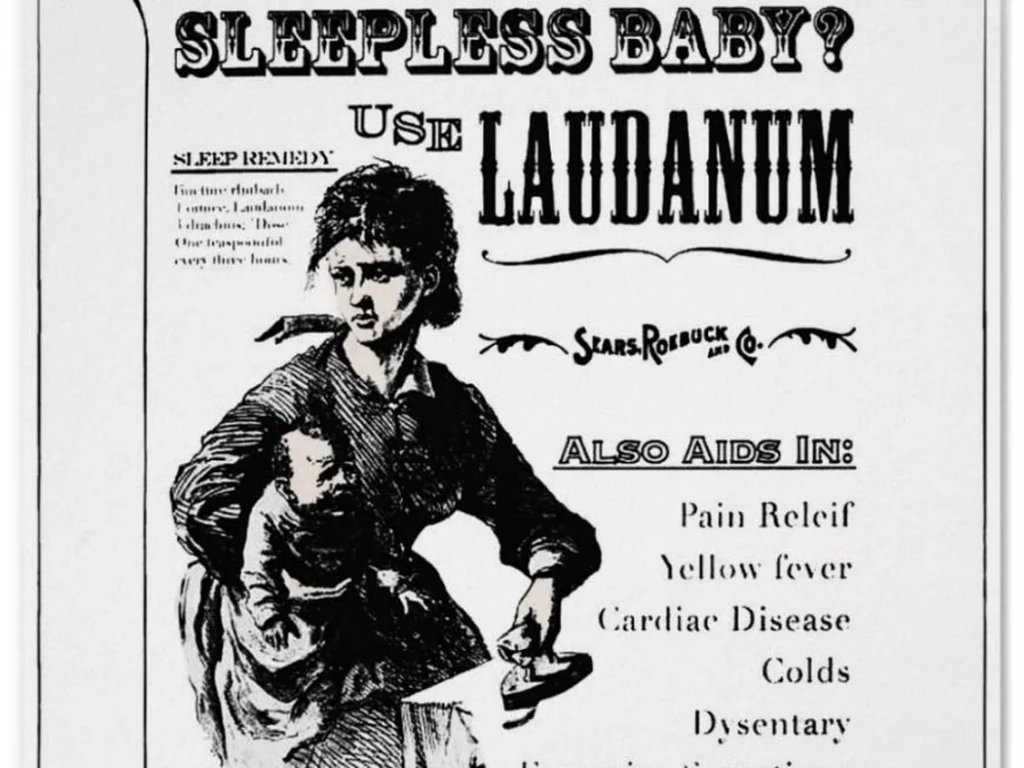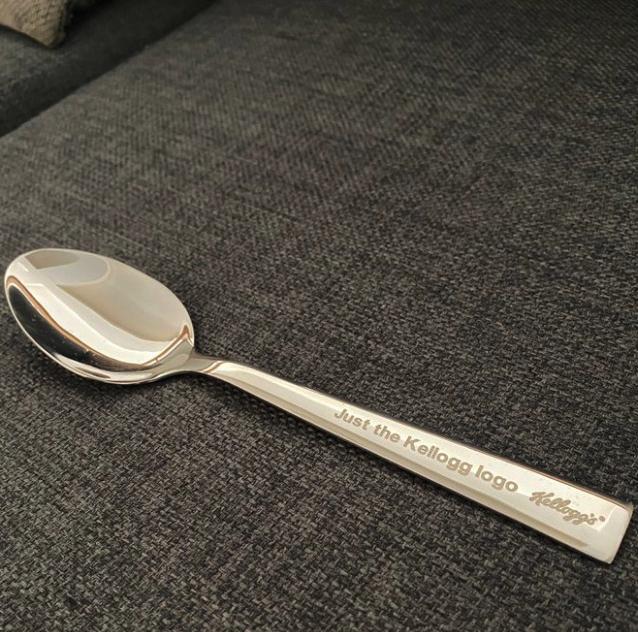NO! The president of the United States can be born anywhere in the world. There is a widely believed myth that there is a provision somewhere in the Constitution that says that the president must be born in the United States. This myth has been around for a very long time. I have seen it mentioned in movies made in the 1930s. If anyone knows the origin of this myth, let me know. Donald Trump did not invent the birther myth, but it made Donald Trump the head of a national political movement.
The Constitution says that the president must be a ‘natural born citizen’, but the Constitution does not define ‘natural born citizen’. The Supreme Court has never defined ‘natural born citizen’, but legal scholars seem to agree that it does not mean the same thing as ‘born in the United States’.
OTHER PRESIDENTIAL CANDIDATES.
There have been lots of presidential candidates who were born outside the United States. None of them was ever elected president, so the Supreme Court has never had to define the term ‘natural born citizen.’
Ted Cruz was born in Canada. Ted Cruz ran against Donald Trump in 2016 for the Republican nomination. Although Donald Trump frequently mentioned the fact that Cruz was born in Canada during the campaign and during the candidate debates, Trump never claimed that it disqualified Cruz from being president.
John McCain was born in the Panama Canal Zone. There’s more about him below.
Barry Goldwater was the Republican candidate for president in 1964. At the time, some people questioned whether Goldwater was a ‘natural born citizen.’ Barry Goldwater was born in Arizona in 1910, but Arizona didn’t become a state until 1912. That meant that Barry Goldwater was not born in the United States.
George Romney ran for president in 1968, but GOP voters gave the nomination to Richard Nixon. After Watergate, many Republicans regretted that they didn’t give the nomination to Romney instead. George Romney was the father of Mitt Romney. George Romney was a very interesting person. He was born in Chihuahua, Mexico where his parents and grandparents lived.
George Romney became nationally famous as the man who saved American Motors, a relatively small auto manufacturer that was going bankrupt when he took over the company. Romney discontinued its smaller brands, including Nash and Hudson, and focused on the Rambler. Romney made the Rambler one of the best-selling and most profitable cars in the U.S. by adding some innovative features that consumers liked.
Air Conditioning. One of the features that Romney offered Rambler buyers was air conditioning. Air conditioning could come with the car or be added later at any Rambler dealer for $395. This was the lowest price any car company charged for air conditioning. Prior to the 1950s, air conditioning was usually only available in luxury cars like Cadillac and Lincoln. Most cars sold in the U.S. didn’t have air conditioning or offer it as an add-on. Romney felt that middle-class car buyers would want air conditioning in a car if it was available at a reasonable price, and he was right. Sales and profits skyrocketed. The stock of American Motors went from $7 a share to $90 during the Romney years, making George Romney millions on his stock options. It also made the company’s workers millions because Romney had instituted a profit-sharing plan when he took over management of the company.
George Romney grew up in Los Angeles and Salt Lake City. I wonder if that affected his feeling that there was a bigger market for air conditioning in cars than the leaders of the Big 3 automakers imagined. Have you ever been in Los Angeles or Salt Lake City in late summer – and in a car without air conditioning? Yuck! Based on his success at American Motors, Romney was elected governor of Michigan. I met George Romney at a banquet at the Oakland Hilton when he was Secretary of HUD (Housing and Urban Development). During his speech, Romney mentioned that he was “born in old Mexico”. He never tried to hide the fact that he was born in Mexico when he ran for president, but I don’t recall anyone claiming that he couldn’t be president because of that.
Birth Certificates. It is also a myth that the president has to have a birth certificate showing that he was born in the United States. George Washington did not have a birth certificate. Neither did Thomas Jefferson, Andrew Jackson, Abraham Lincoln, Ulysses S. Grant, or William McKinley. In fact, no 18th or 19th Century U.S. president had a birth certificate. The idea of issuing a certificate when a baby is born did not become a common practice in the United States until the 20th Century. None of the people who wrote the U.S. Constitution had birth certificates.
Personally, I believe and have always believed that racism was the underlying force behind the birther movement. Barack Obama was born in the United States, and nobody has ever produced any evidence to the contrary. Barack Obama had a birth certificate, which he made public, and the announcement of his birth appeared in Honolulu’s 2 daily newspapers at the time of his birth. In 2008, Barack Obama ran against John McCain for president. Ironically, McCain was not born in the United States. McCain was born in the Panama Canal Zone, which was never part of the United States. The canal zone was on land that the United States recognized as being part of the country of Panama. The U.S. leased the canal zone from Panama, and when the lease expired, the U.S. returned the canal zone to Panama. John McCain never claimed that he was born in the United States, but he was white, rich, and had a British name. So – if racism was not the force between the birther movement, then what was it?
BEFORE SEPHORA, THERE WAS WHITE LEAD FACE CREAM.
If you were an aristocrat in 1700, and the king invited you to court, and you wanted to make a good impression, you would come with your face covered with white lead face cream and rouge on your cheeks. (See pictures below.) You may have seen movies or paintings in which European aristocrats looked like this. How did this bizarre look become a fashion trend? It was started by Queen Elizabeth 1. She had smallpox which left her face badly scarred. She painted her face with white lead to hide the smallpox scars. She also began wearing wigs as her red hair turned gray to create what Elizabeth called ‘the mask of youth.’ This look became a fashion trend all over Europe among the aristocracy, and it continued for over 200 years. Many of these aristocrats, including Elizabeth, eventually died from lead poisoning.


Why did they do it? It wasn’t because they didn’t know that lead is poisonous. People have known that lead is toxic since ancient times. Even so, rich people in Rome drank water from lead pipes in their homes and drank wine from lead goblets, and many of them died from lead poisoning. Lead was a common ingredient in cosmetics in the United States until it was banned by the Food, Drug, and Cosmetic Act of 1938. An exception was made for hair dye, where lead continued to be used until 2023, when lead in hair products was finally banned by the FDA. If you have old hair dye, ‘Grecian Formula’, or other hair coloring products in your home, you should check to see if there is lead in them before using them. 2023 was just last year! If in doubt, dump them!
Arsenic. Beginning in the 19th Century, governments in Europe began banning the sale of lead face cream, so manufacturers started looking for an alternative product they could sell. They came up with arsenic skin cream. Arsenic skin cream removes blemishes, lightens dark spots, and shrinks wrinkles. It actually does work, but like lead face cream, the arsenic is absorbed into the skin and will eventually kill the user. Arsenic skin cream was sold everywhere in the United States. Below is an ad from the 1906 Sears Roebuck catalog promoting their brand of arsenic beauty wafers. When Teddy Roosevelt created the FDA, one of the first products they banned was arsenic skin cream. I wonder what is in cosmetics today that people will discover is toxic 10 or 20 years from now.






















